By Edward Lenahan
Among the many reasons to read Michael Cannell’s newest novel “The Limit,” which accurately reanimates the 1961 Formula One world championship with sharp writing and fastidious research, none is so important or rare as the book’s honest portrayal of frailty in those too often romanticized as superhuman.
It’s no secret that books and movies about auto racing have long suffered from a glut of drivers so ludicrously masculine they could blush the cheeks of Silvio Berlusconi. Off track the fictional aces are a montage of grizzled coveralls, cigarettes and leggy companions. On track they’re shrewd grimaces squinting from helmets and rearview mirrors. Great for the action movie crowd, this hyper-masculinity, but ask a racing fan and they’re liable to choose lawn mowing over watching the quarter collecting skills of Joe Tanto.
Thankfully, “The Limit” is a different sort of narrative.
In a quick-reading 318 pages of novelistic non-fiction, “The Limit” portrays the lives of three men: Phil Hill, the taciturn, calculating American trying to leave behind a troubled childhood; Wolfgang von Trips, the easy-going risk-it-all German Count in love with life; and Enzo Ferrari, the Machiavellian manufacturer given the title “il Commendatore” by none other than Benito Mussolini.
The book opens with Phil Hill and shows a young man escaping the unsettled relationship of alcoholic parents by wrenching in garages across Southern California and Europe. Directionless and seemingly talentless he drops out of college and wanders. Then he buys a sports car.
This, incidentally, is right about where characterization stops in conventional racing narratives. Not so, here.
Cannell shows the reader that, despite numerous early victories, Hill never finds the easy confidence successful drivers are assumed to have in spades. Instead, Hill’s internal struggles with the dangers of racing and his self-perceived inferiority appear each pre-race in the form of vomiting, hand-wringing and meaningless quarrels with mechanics.
Wolfgang von Trips, meanwhile, seems a kind of foil for Hill. The laid-back only-child of an aristocratic father and a commoner mother, Trips’ only outward concern appears to be how best to manage the family’s moated, forty five room estate and the significant surrounding farmlands. He studies agriculture and hides his dangerous racing exploits from his family. Then he starts to win.
What follows is a fantastic portrayal of two brilliant sports car racing careers during the sport’s most deadly era, and engaging glimpses of the Nurburgring, Mille Miglia, Targa Florio, Carrera Pan Americana, and LeMans. For Cannell, this is groundwork; a context by which the reader might understand the sport and these men as they make the tremendous leap from sports cars Formula One. For readers, these pages are unadulterated bliss. Here we not only see racing legends Moss, Fangio, Hawthorne, Collins and others, we hear them through the countless quotes the author has painstakingly researched. We live the friendships, feuds, strengths and weaknesses that fueled racing’s greatest generation.

To its considerable credit, Cannell’s book finely balances on another important limit by portraying the tremendous action of post-war auto racing without overreaching into hyperbole or allegory. The accidents which were both numerous and horrific during the 1950s and 60s are relayed here with a reporter’s matter-of-fact sensibility. The reader feels the weight and emotion of the day not because the events are dramatized but because they are portrayed with exceeding detail. Characters too, are described with such startling honestly their weaknesses are incredibly— sometimes painfully—clear. The reader will likely to anguish alongside Hill, for example, as he pursues a talent that ulcerates his stomach and von Trips as he knowingly risks ending his family tree for a World Championship.
This is where “The Limit” truly shines. For all it’s daring and excitement “The Limit” never lets the reader forget that auto racing is a very human sport and that these epic men were, after all, just men.
The Limit: Life and Death on the 1961 Grand Prix Circuit
Author: Michael Cannell
Publisher: Twelve
Format: Hardcover, 6.2″ x 9.5″, 336 pages
ISBN-10: 0446554723 ; ISBN-13: 978-0446554725
Price: $25.99


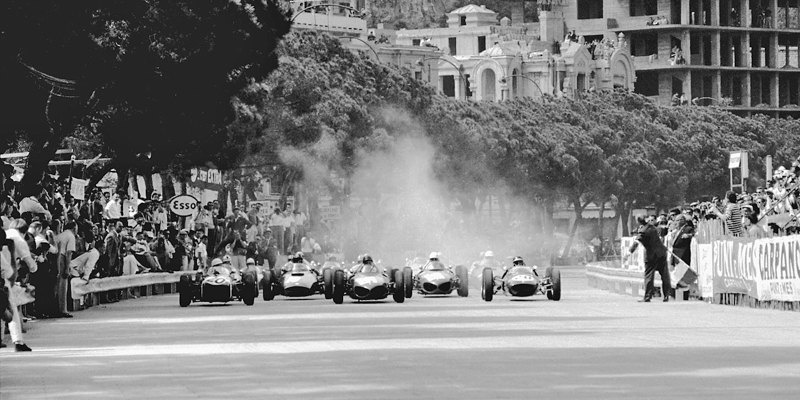

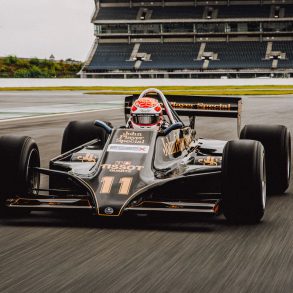
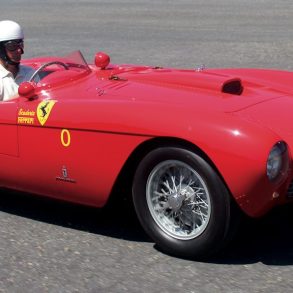
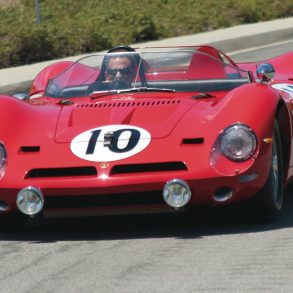
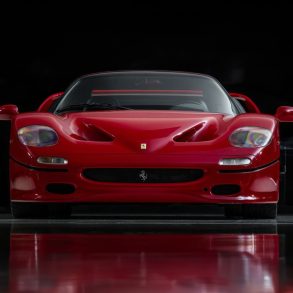

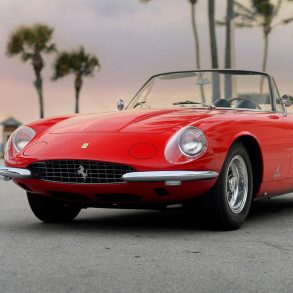

Can’t wait! If the book is as well-written as the review, I’ll be totally satisfied!
Excellent review! If you’re tempted, you can go to the book on Amazon and click on “Look Inside” to read some excerpts. I did and immediately clicked on “Buy With One Click.” Hill and Dan Gurney were my heroes growing up. I got to know them both and still read every word about them I can. This looks like the good stuff.
I found you sportcars review related blog from goog.com. I want to know about sportcars review please se my site url and comment to my site. Please s look this site and know about sportcars sportcars review
I’ve read the book and it is fantastic, just curious why you refer to it as a novel?
Can anyone point me in the right direction for where to acquire either a high resolution digital copy of these photographs or prints themselves.
I read 100 non fiction books a year and this is the first book I have read ? in one sitting. Brilliant. Joe Kenny